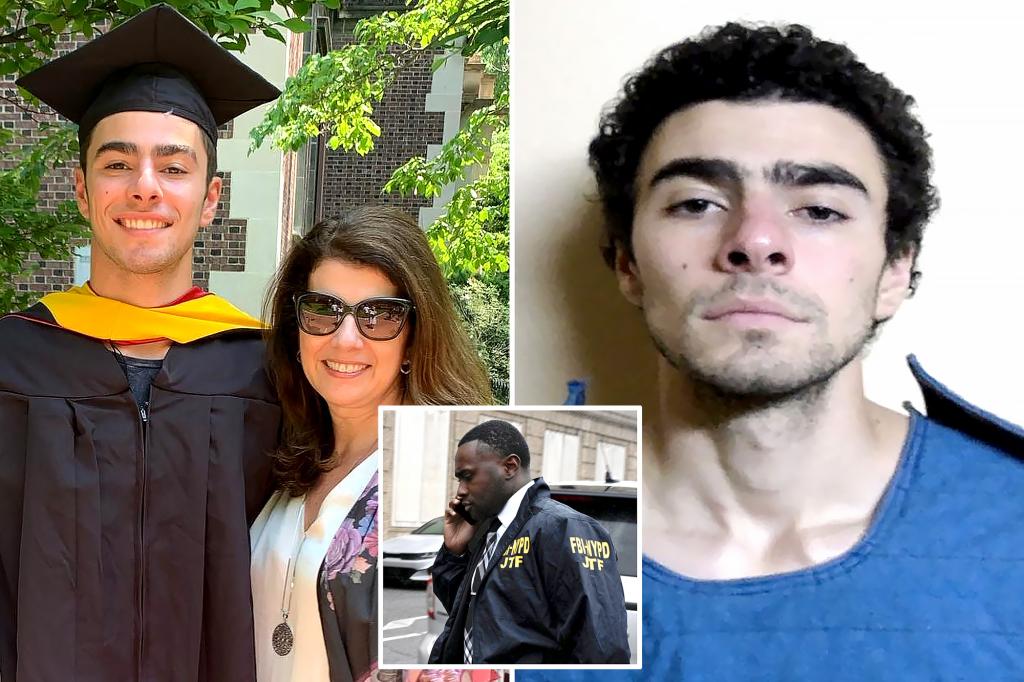The investigation into the murder of Brian Thompson, CEO of UnitedHealthcare, took a significant turn when the FBI received a crucial tip from the San Francisco Police Department. The tip, originating from a missing person report filed by Kathleen Mangione, connected her son, Luigi Mangione, to the surveillance images released by the NYPD following Thompson’s shooting. While Kathleen Mangione expressed uncertainty about the positive identification of her son in the images, the resemblance was strong enough for the FBI to question her just a day before Luigi’s dramatic arrest. This exchange between the FBI and Kathleen Mangione underscores the intricate web of information sharing and investigative work that ultimately led to the apprehension of the suspect.
Luigi Mangione’s arrest at a Pennsylvania McDonald’s the following morning preempted the FBI’s notification to the NYPD about their conversation with his mother. The missing person report, filed by Kathleen Mangione on November 18th, revealed that she had been out of contact with her son since July 1st and was unaware of his whereabouts. This period of absence coincided with reports that Mangione had left the country for an extended trip to Asia, seemingly seeking a period of self-reflection or escape. The sudden reappearance of Mangione, culminating in the alleged murder of Thompson, shocked his family, who expressed their disbelief and devastation in a public statement. They offered prayers for the Thompson family and all those impacted by the tragedy, reflecting the profound emotional toll the event had taken on both families.
The meticulously planned nature of the alleged crime, coupled with the suspect’s subsequent actions, paints a picture of a premeditated act. Mangione’s possession of four fake IDs, a 3D-printed gun equipped with a homemade silencer, and a handwritten manifesto-like document detailing his grievances against health insurance companies, particularly UnitedHealthcare, suggests a calculated approach to both the crime and his evasion of law enforcement. The document, discovered upon his arrest, provides a glimpse into Mangione’s possible motivations, hinting at a potential discontent with corporate practices within the healthcare industry. This combination of physical evidence and documented sentiments forms a compelling narrative for investigators seeking to understand the driving forces behind Thompson’s murder.
The timeline of events following the shooting reveals a tense five-day manhunt for Mangione, ending with his apprehension at the McDonald’s in Pennsylvania. An alert employee, recognizing Mangione from widely circulated images, contacted authorities, leading to his swift arrest. This citizen involvement proved pivotal in bringing the manhunt to a close, highlighting the importance of public vigilance in assisting law enforcement efforts. The discovery of the incriminating items on Mangione’s person further solidified his connection to the crime, providing crucial evidence for the prosecution’s case.
The legal proceedings against Mangione are currently unfolding on multiple fronts. He faces murder charges in Manhattan and is being held without bail in Pennsylvania on gun and forgery charges. While he has pleaded not guilty to the Pennsylvania charges, the looming extradition to New York City to face the more serious murder charge presents a significant legal hurdle. Manhattan District Attorney Alvin Bragg announced that Mangione’s extradition could occur as early as Tuesday, indicating the swift progression of the legal process. However, the possibility of Mangione waiving or contesting extradition adds another layer of complexity to the case, creating uncertainty about the exact timing of his transfer to New York.
The circumstances surrounding Brian Thompson’s murder and the subsequent arrest of Luigi Mangione have brought a complex intersection of personal struggles, corporate grievances, and legal proceedings into sharp focus. The investigation continues to unravel the intricate details of Mangione’s alleged motivations and actions, while the legal system grapples with the complex process of ensuring justice for the victim and a fair trial for the accused. The case highlights the profound impact of such violent acts on individuals, families, and the broader community, underscoring the need for comprehensive investigations and a robust legal system to address such tragedies effectively.

